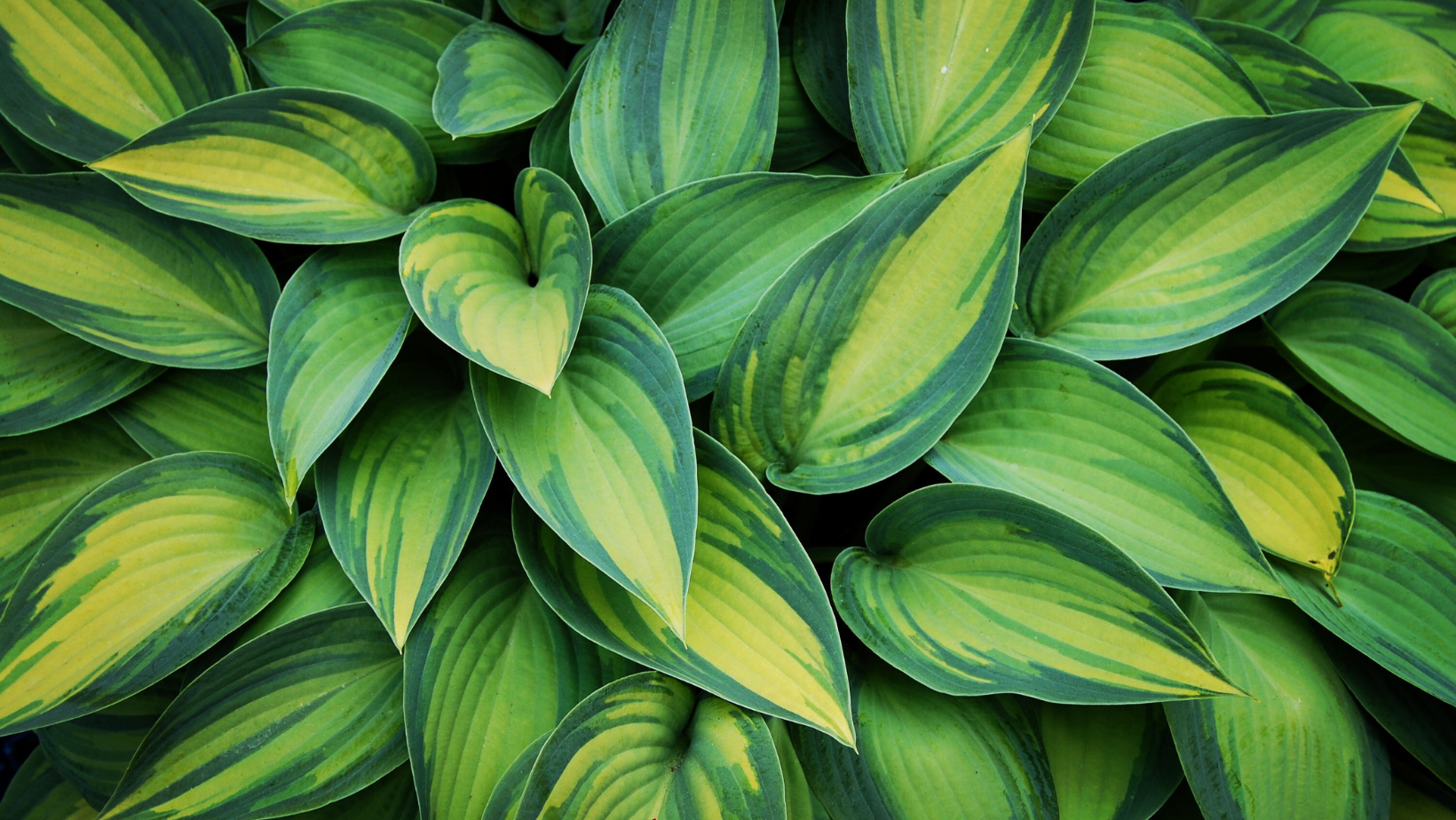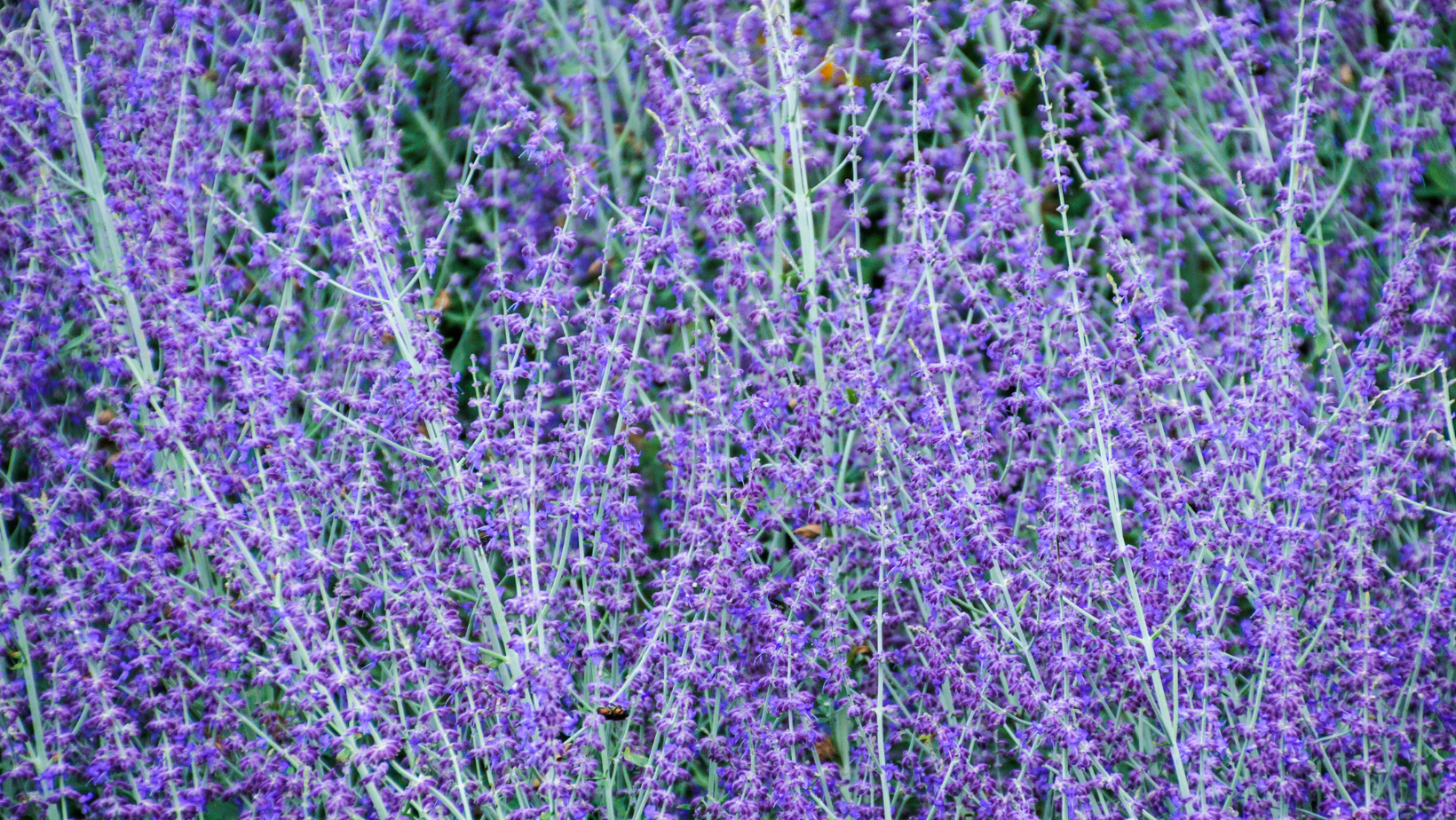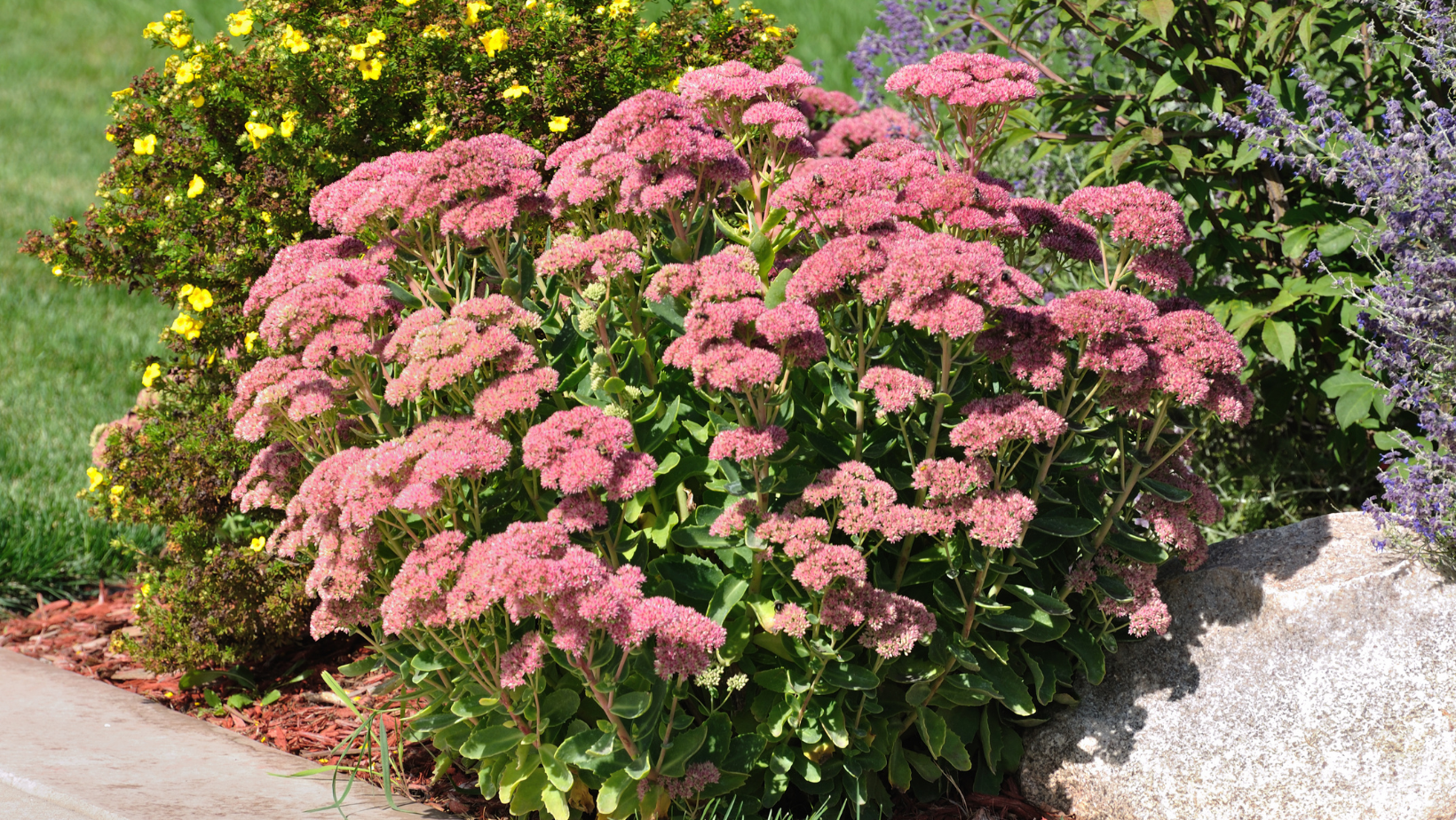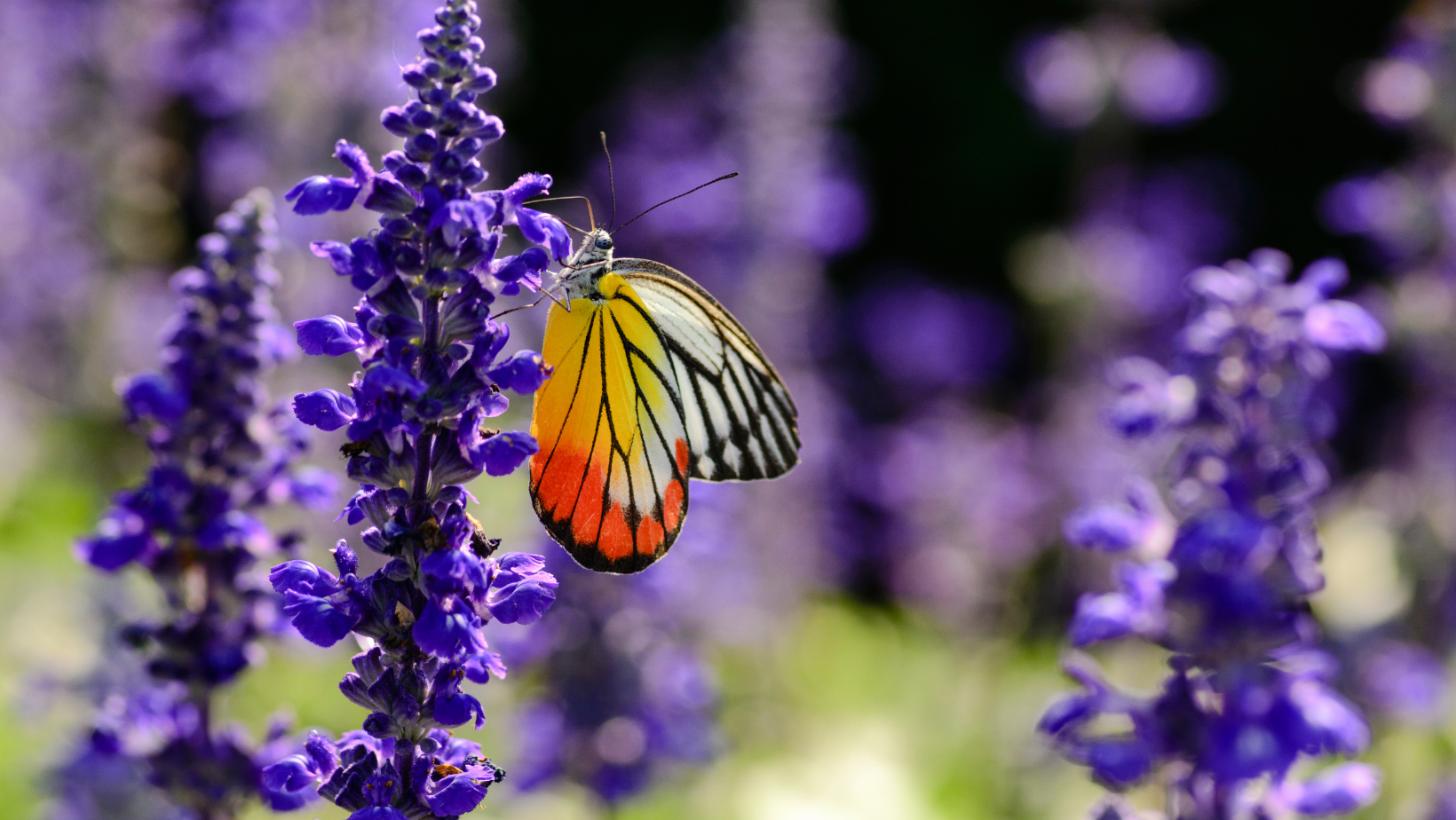Getting More Harvest out of Small Spaces!
Growing more food in less space is so easy to do with a little bit of planning! Take time to think out what you would like to grow (i.e., what your family eats most of) and then create yourself a calendar of what and when you are sowing or planting out seedlings. Follow these tips and tricks so you can grow more tasty food in less space which usually means less effort too!
A good foundation for a bountiful harvest starts with good nutrient rich soil. Vegetable crops are heavy feeders and will produce less if they are lacking in nutrients. We recommend topping garden beds with Bumper Crop yearly or incorporating the compost in at time of planting seedlings. Extra heavy feeders such as Tomatoes will also benefit from a monthly application of organic Tomato-tone or Garden-tone.
- Spacing is one old rule that should be thrown out the window. Seed packets often talk about rows and while this is useful with big gardens it’s a waste of space in small gardens or raised beds. It is much more space efficient to plant in “bed” formations and skip l rows. Also, when seed packets recommend a certain spacing it is referring to on center planting. For example, if they suggest 8” spacing that really means the plant needs 4” on each side. So, while you may be placing a plant and then measuring 8” until you plant the next really you should be measuring just 4”. By following on center planting this immediately gets you double the number of plants! Close spacing is also helpful since the plants will shade the soil which is healthier for the soil but also will help the soil retain more moisture.
- Intercropping is the act of cultivating different crops in the same space at the same time, a great example is: growing peas on a teepee while lettuce can be grown in the center and will enjoy the shade in the hotter months. Other great examples include tucking in basil around tomatoes, carrots with lettuce or onions among your cabbage. Intercropping can also help prevent pests since the different scents of plants mixed together make it harder to find the plant they want to attack!
- Succession planting is another important practice when growing more food in less space. It usually takes a little bit of planning but is the key to ensuring an abundant harvest from a small garden. With succession planting, you enjoy multiple harvests from a single patch of ground in any given growing season. This is done by planting one crop immediately after an earlier crop has finished to keep the harvests coming. In March through May we can grow cool season crops then as they finish transition to warm season crops and then in fall switch back to cool season crops.
- Season Extenders are cold frames, row covers, and hot beds to allow your garden to produce earlier and later into the season therefore allowing you to grow more in your small space. Cold frames can be purchased or thrifted by using old windows. Row covers can be lighter weight fabric or heavy-duty plastic. Hotbeds are warm growing environments created using the heat that’s given off during the decomposition of organic matter such as manure.A quick YouTube search will help you build your own!
- Growing Vertically is a fabulous way to get more vegetables out of a small garden! By utilizing Trellises, Teepees, Stakes and Arbors you can train vegetables such as Pole Beans, Peas, Cucumbers, Tomatoes, Squash and Melons vertically. This allows you to plant more around the bases of these vegetables. Think out of the box, even zucchini can be trained to grow more vertically with a tomato cage!
- Varieties of vegetables you grow can also impact your harvest size. While heirloom vegetables tend to have more flavor, they typically won’t produce as big of harvests compared to hybrid vegetables. It can also be helpful to choose dwarf varieties so that you can fit more vegetables into your small garden. When choosing seeds also take a look at days to maturity, when possible, pick faster maturing varieties so that you can have more succession planting!
- Regular harvesting can help to encourage more growth and higher yields. Many vegetables especially beans and peas will stop forming new flowers if pods are left too long on the plant. Even tomatoes and peppers benefit from regular harvesting because taking off the fruit or vegetable allows the plant to direct its’s energy into producing more. Be sure to harvest your crops as soon as they are ready to prevent them from becoming overripe or spoiling.






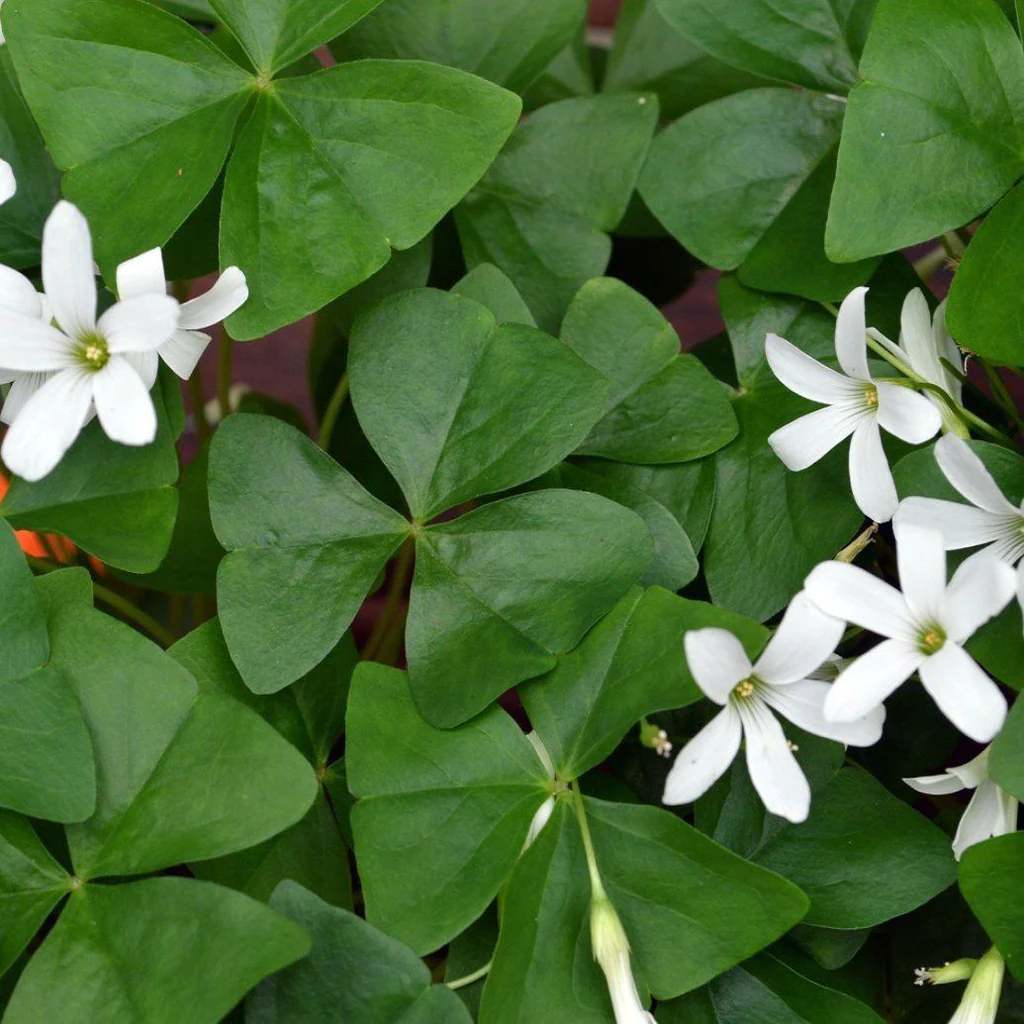 In the realm of houseplants, there exists a gem that not only graces our living spaces with its beauty but also symbolizes luck and prosperity. Meet the Shamrock Plant aka Oxalis plant, a delightful addition to any indoor oasis or outdoor garden, particularly thriving in warmer climates. Whether you’re a seasoned green thumb or just beginning your journey into the world of gardening, embracing the charm of Oxalis promises to fill your surroundings with boundless joy.
In the realm of houseplants, there exists a gem that not only graces our living spaces with its beauty but also symbolizes luck and prosperity. Meet the Shamrock Plant aka Oxalis plant, a delightful addition to any indoor oasis or outdoor garden, particularly thriving in warmer climates. Whether you’re a seasoned green thumb or just beginning your journey into the world of gardening, embracing the charm of Oxalis promises to fill your surroundings with boundless joy.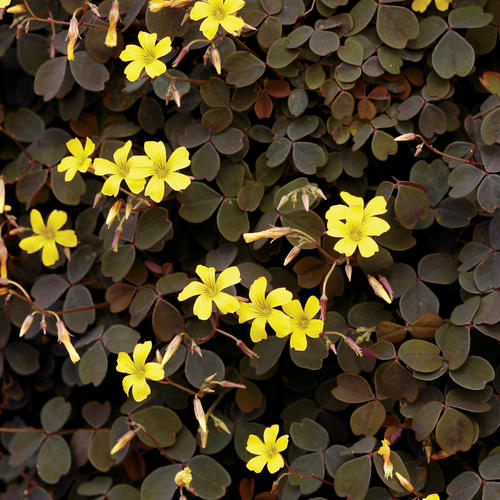
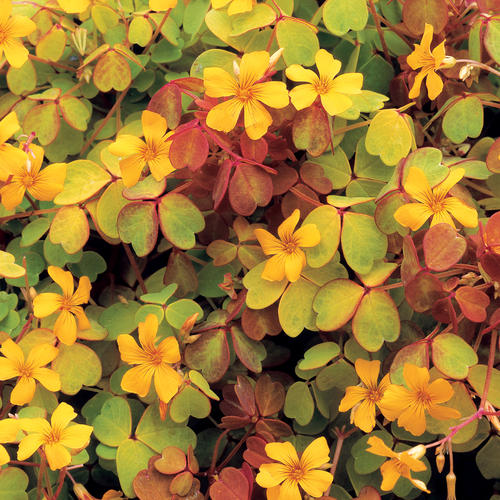
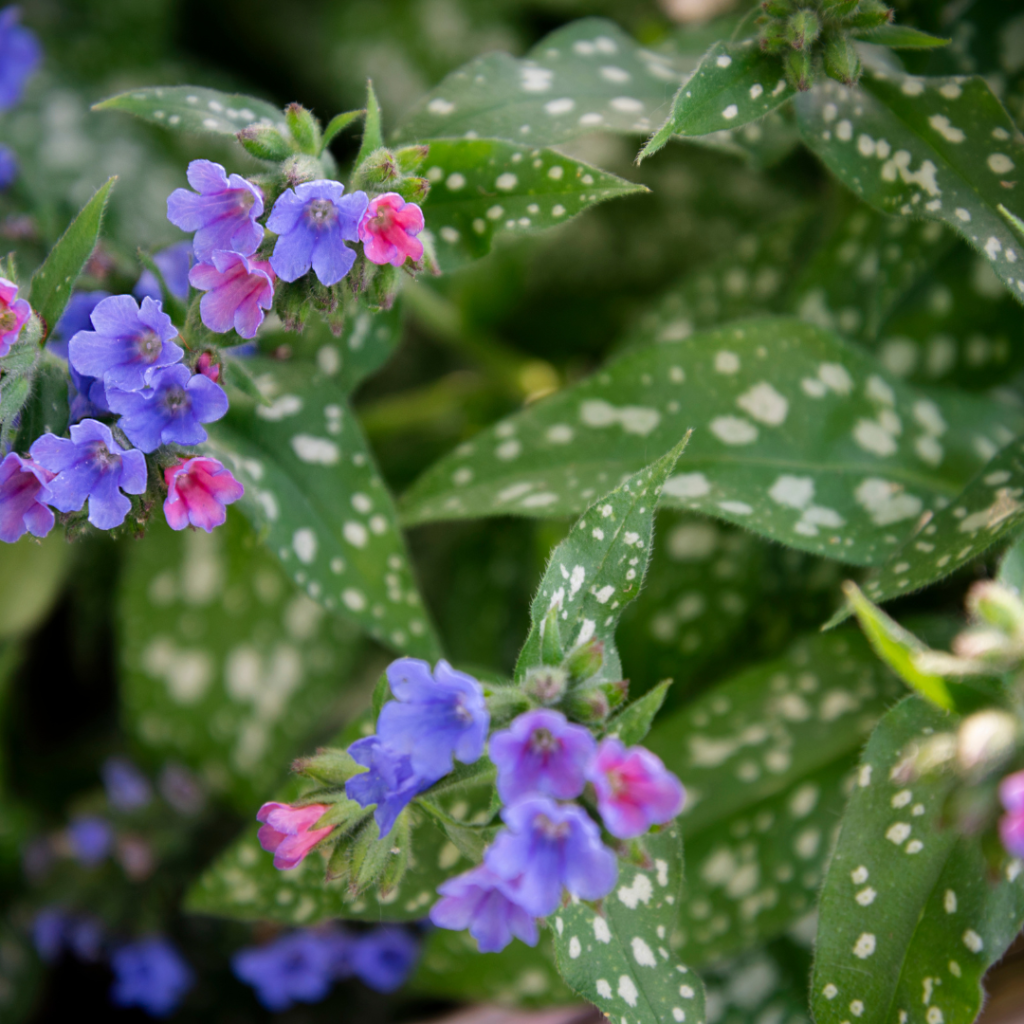
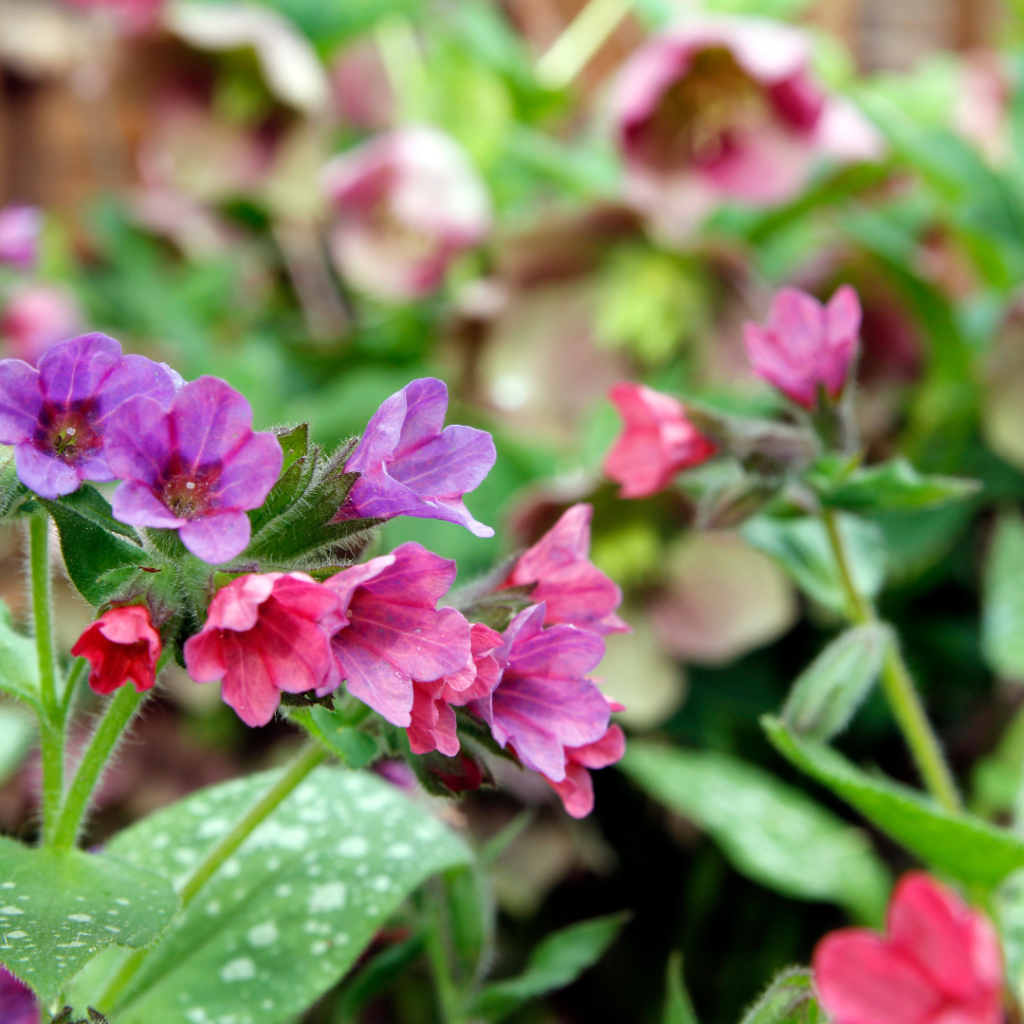
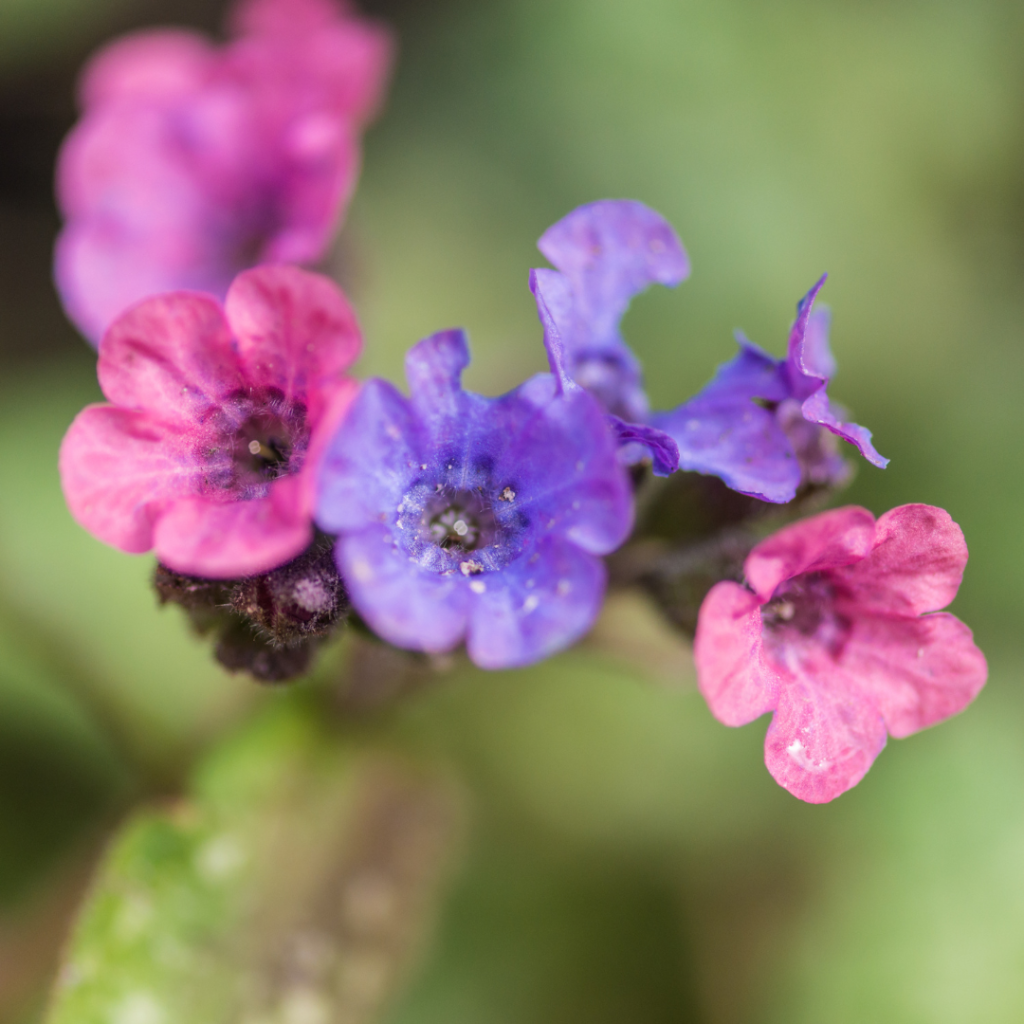
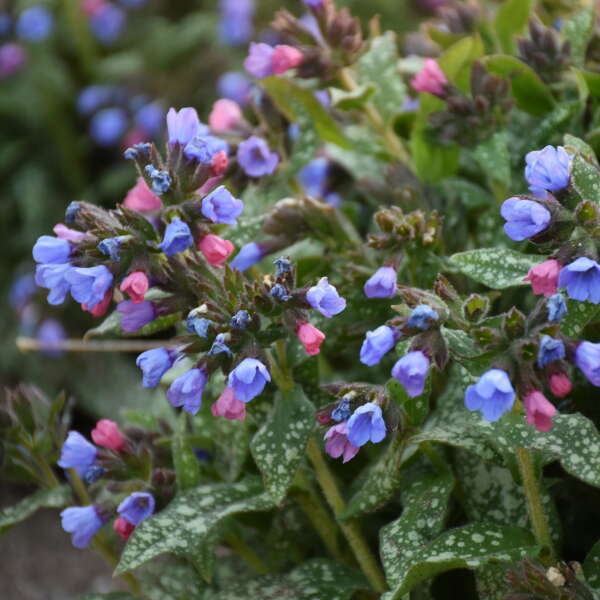
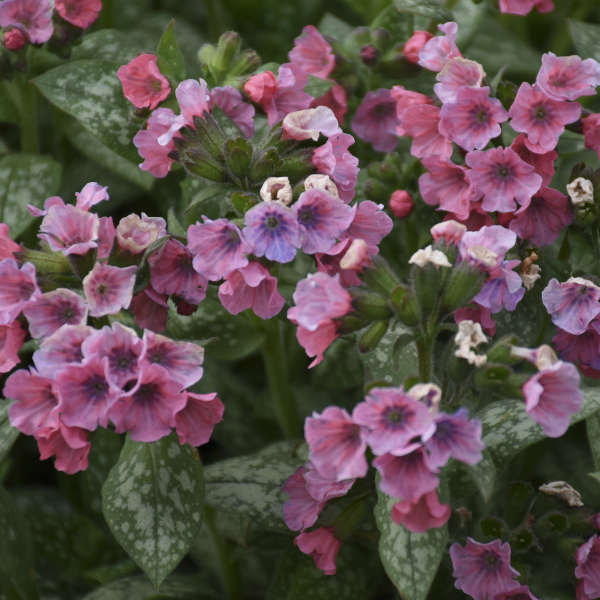
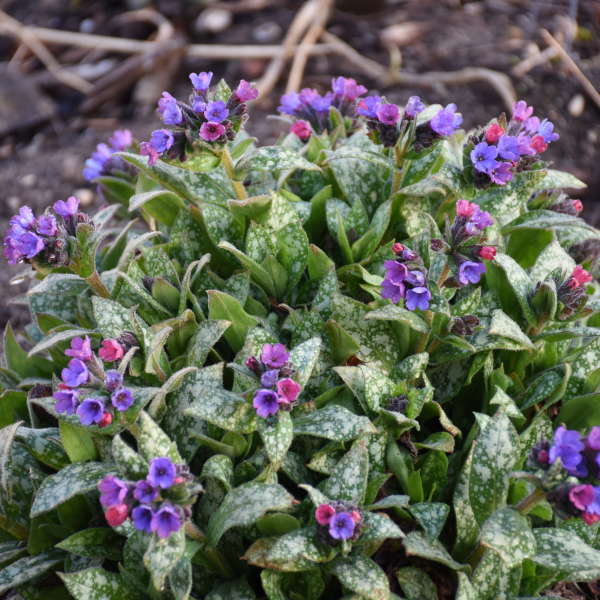
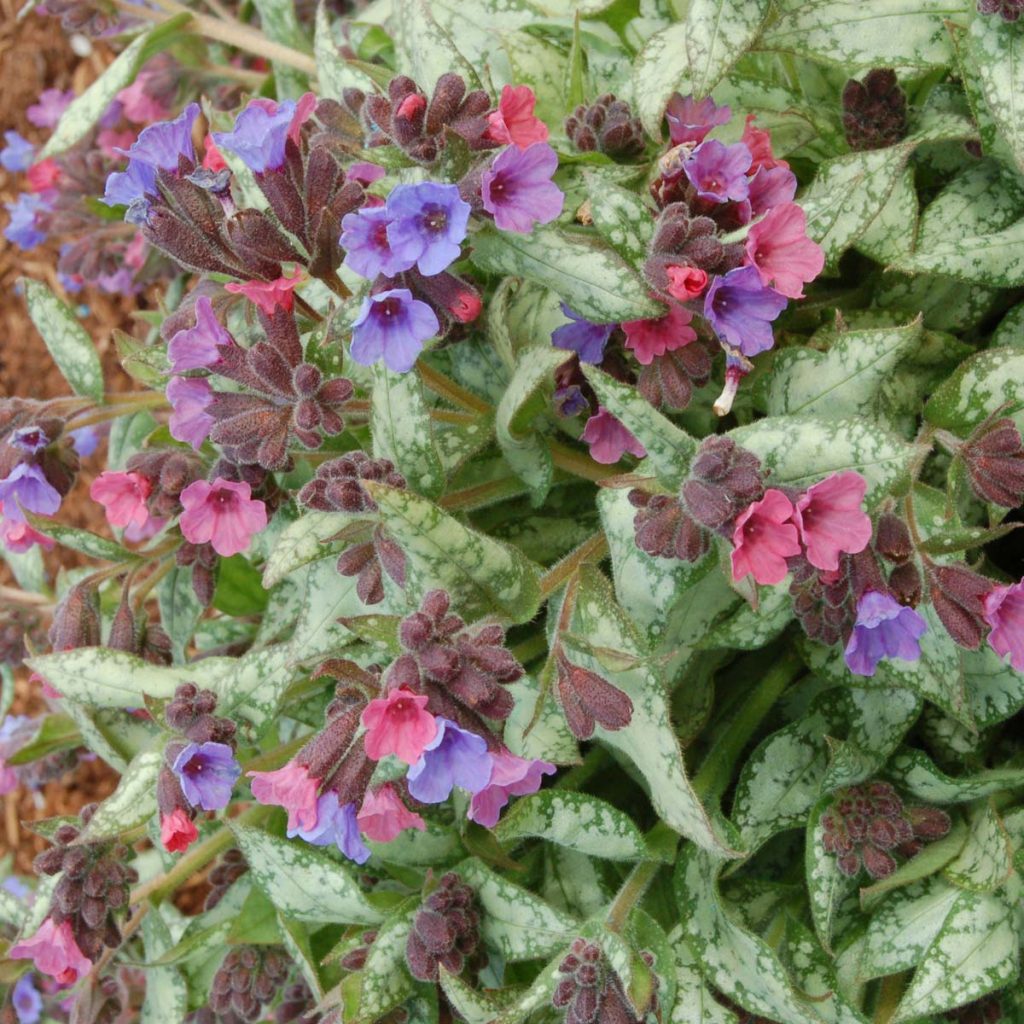
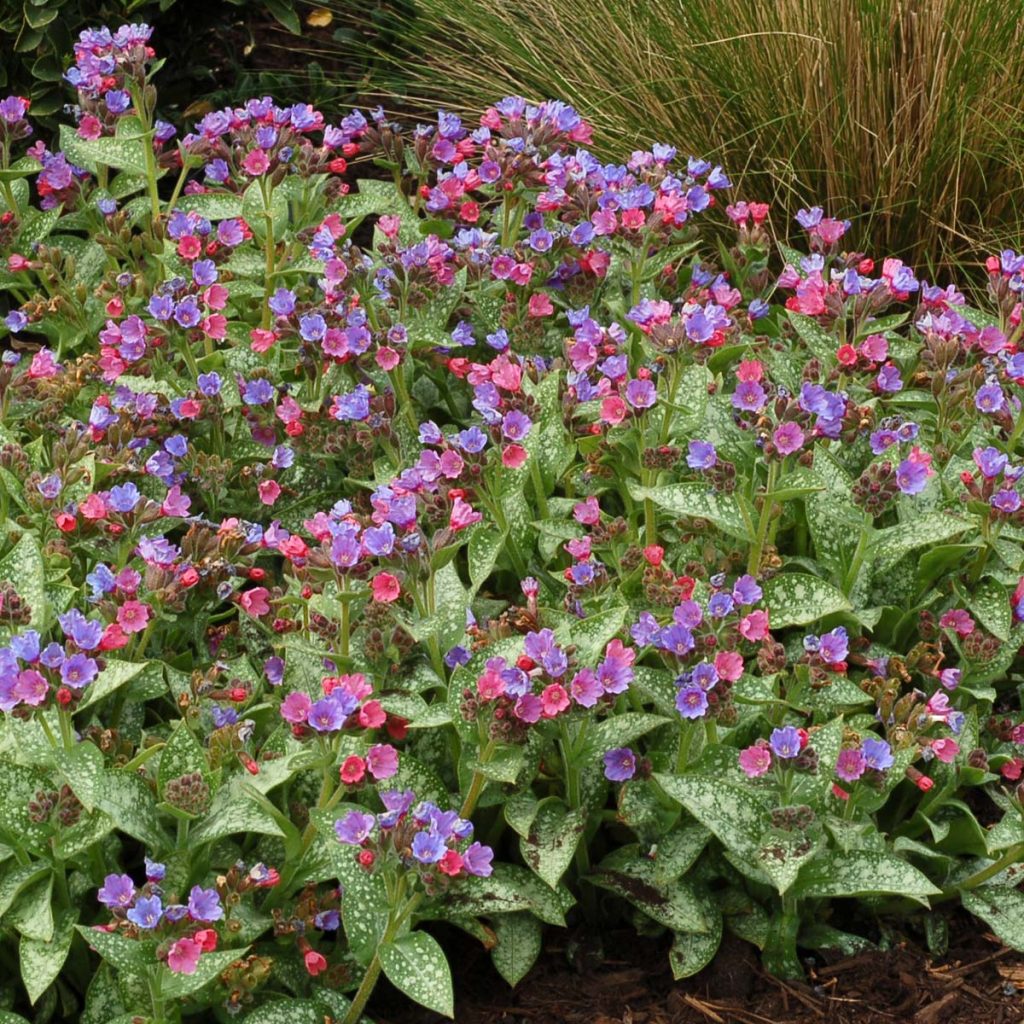





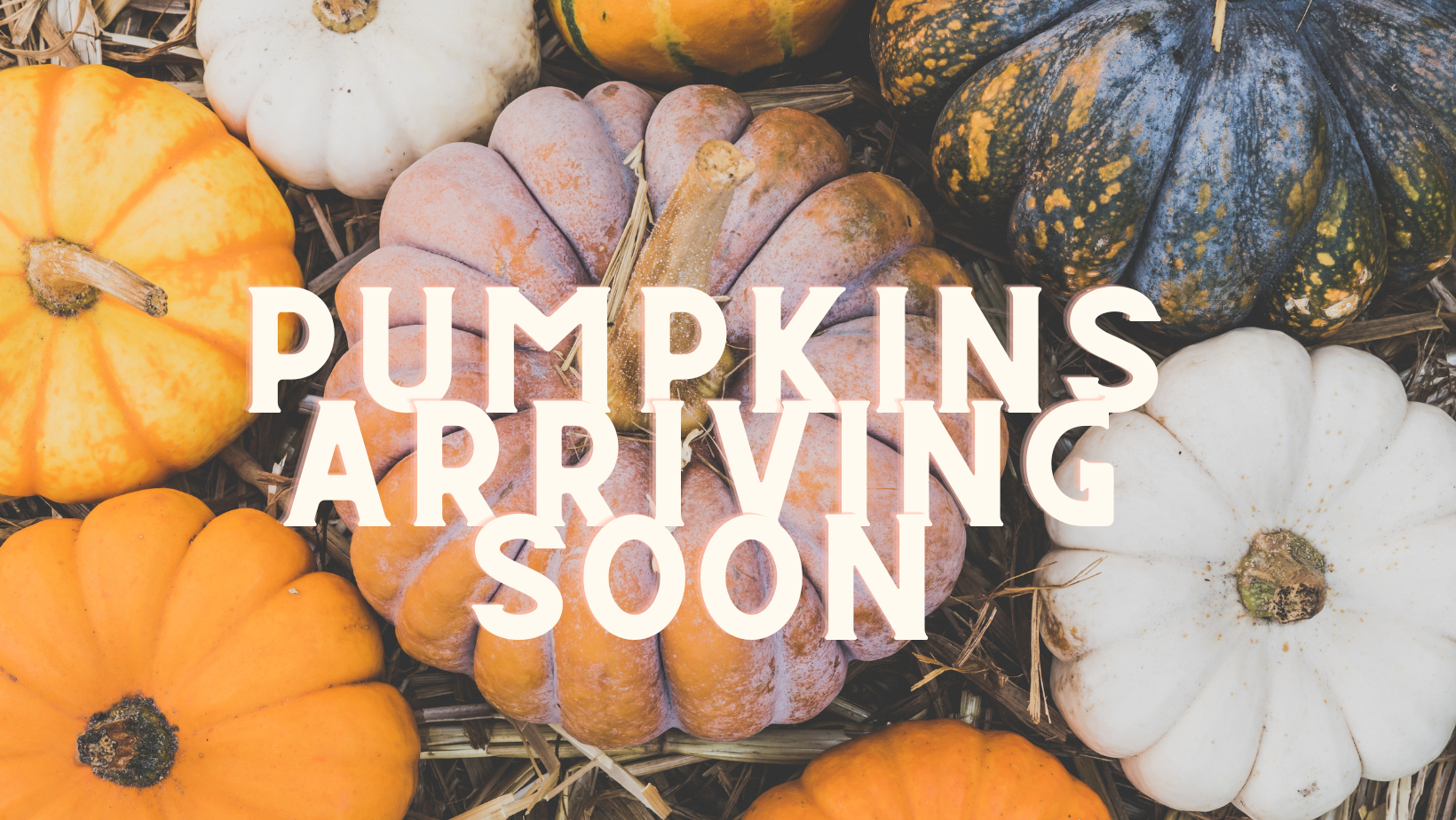


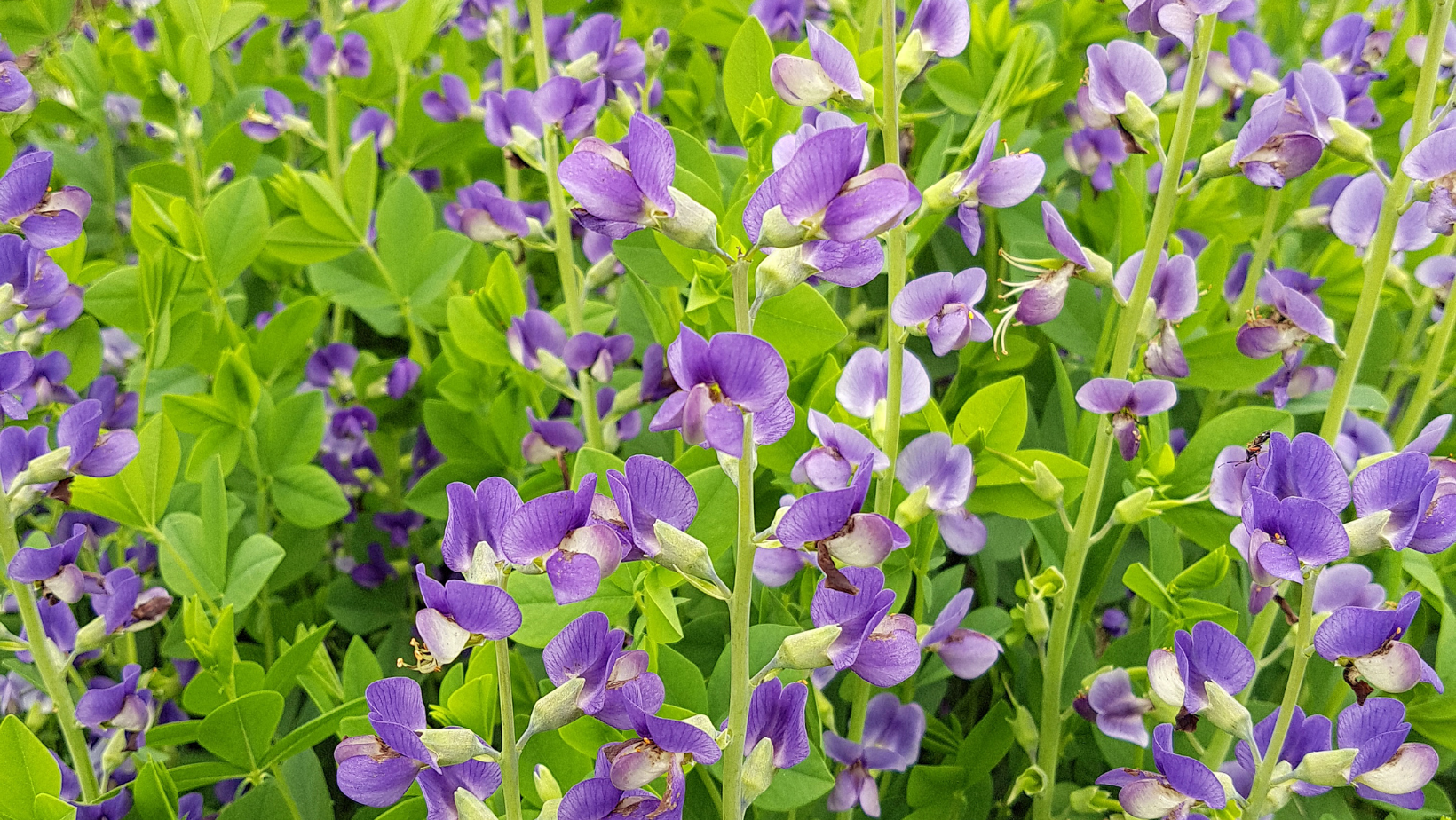
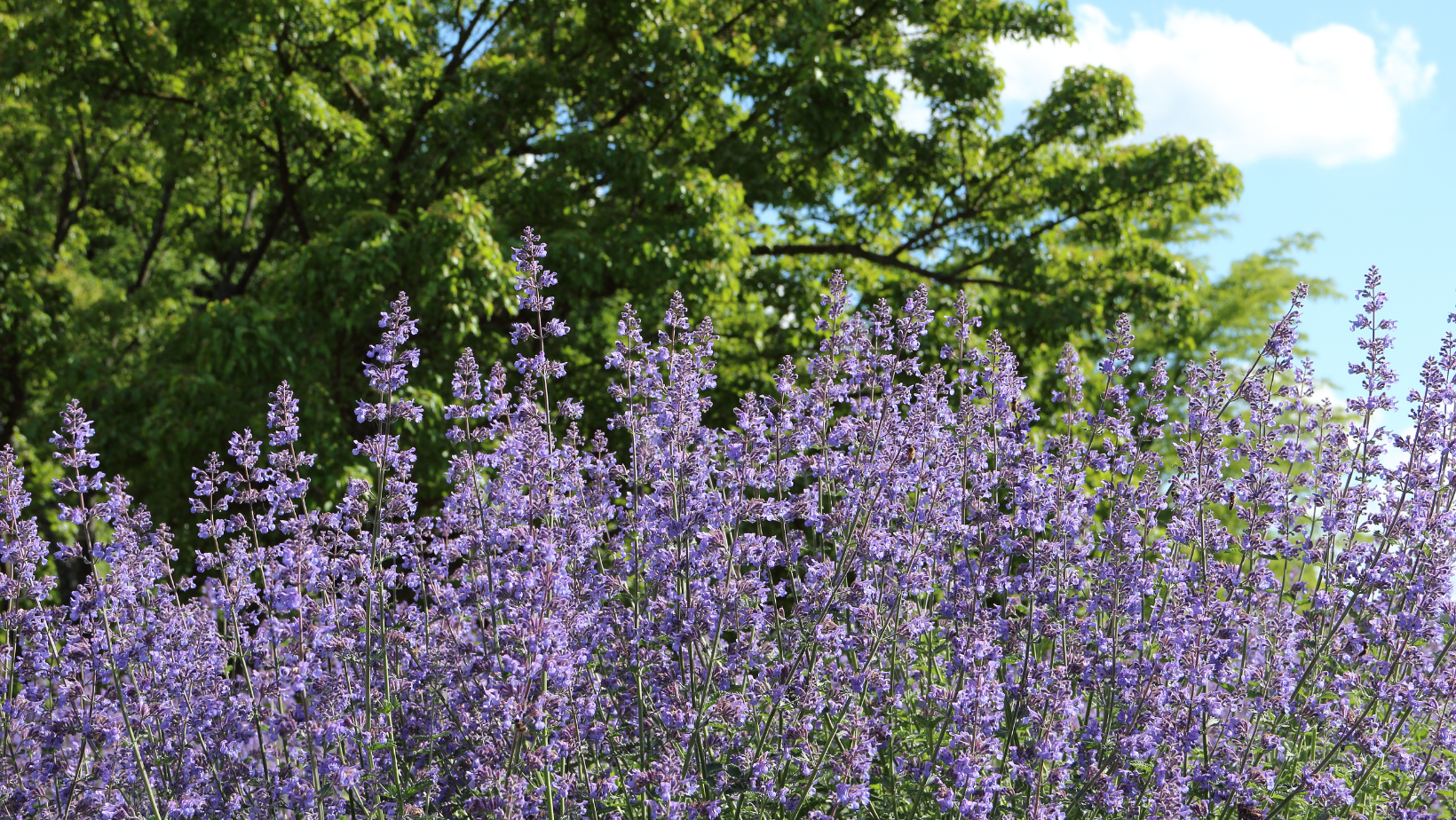
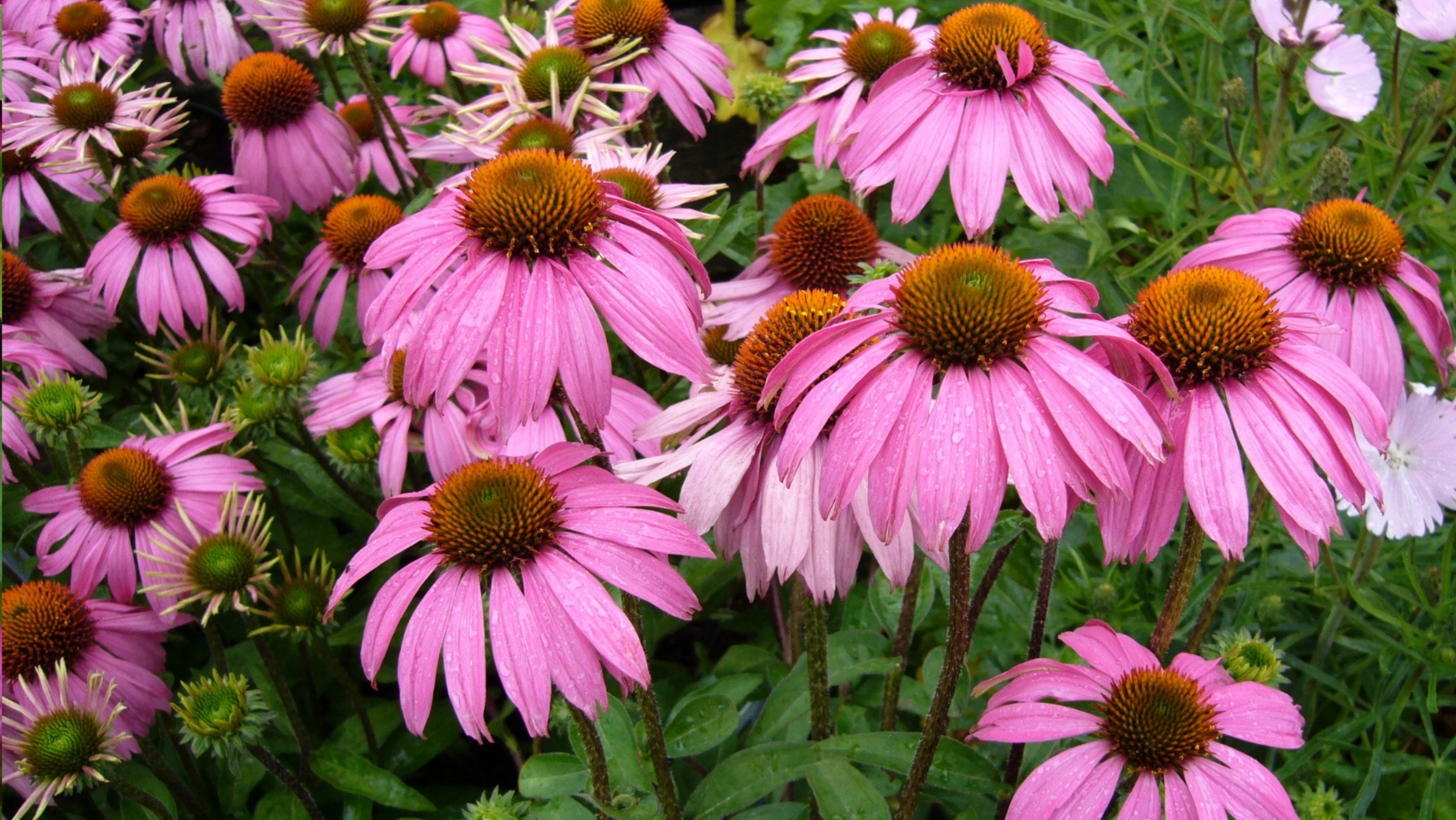
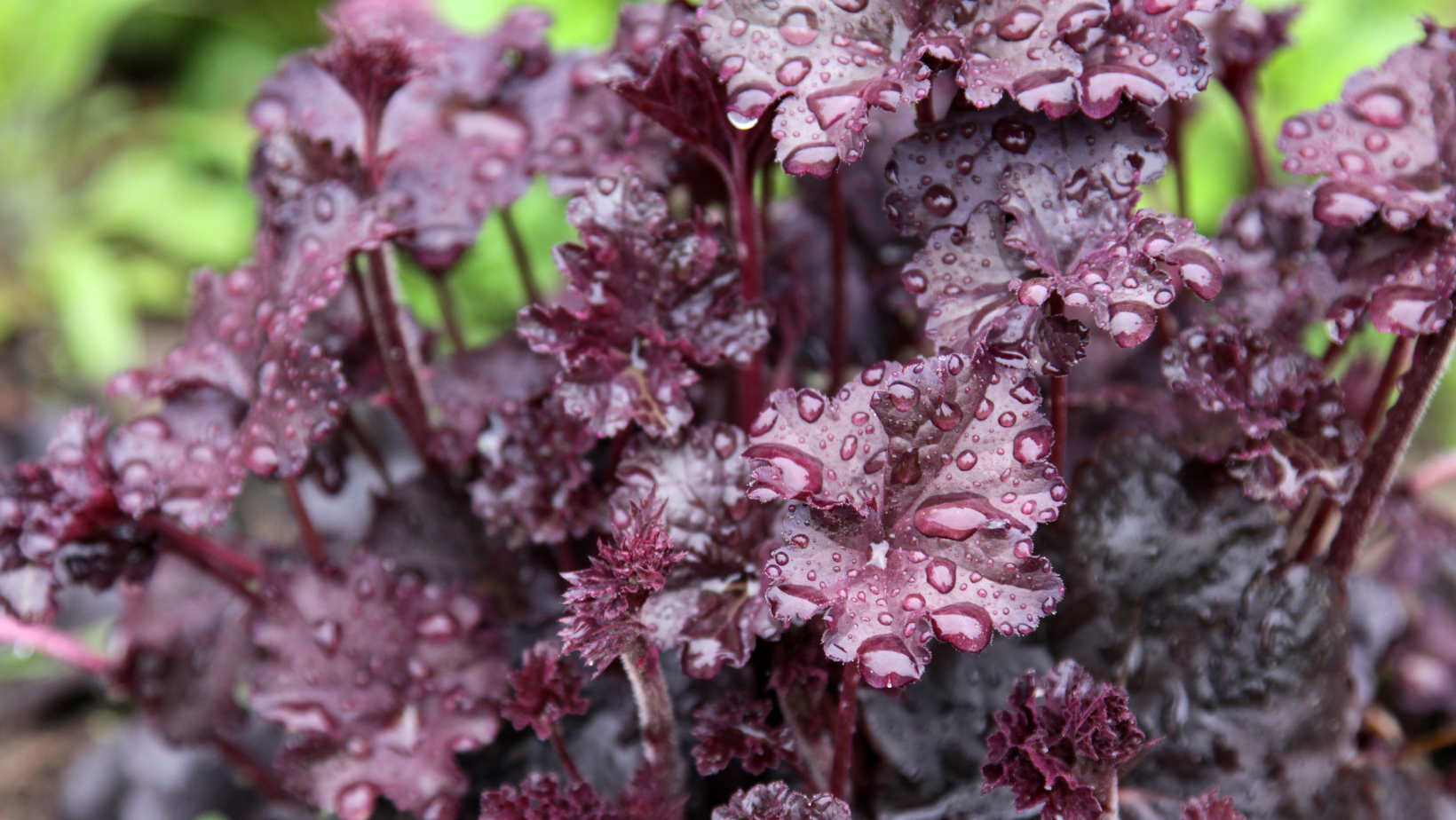
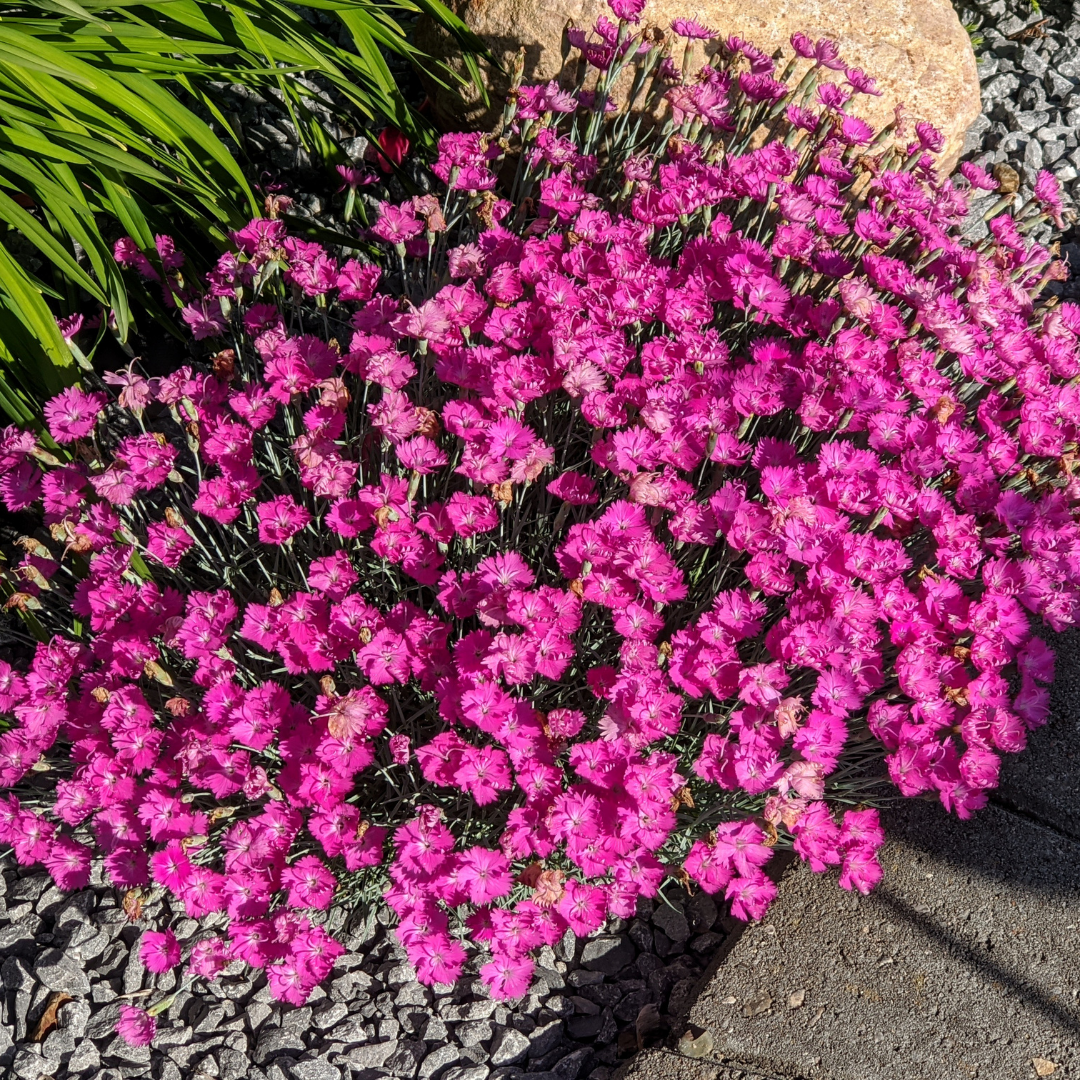 has a spicy clove like scent. With dead heading and feeding these plants can re-bloom throughout the summer. (pictured right)
has a spicy clove like scent. With dead heading and feeding these plants can re-bloom throughout the summer. (pictured right)